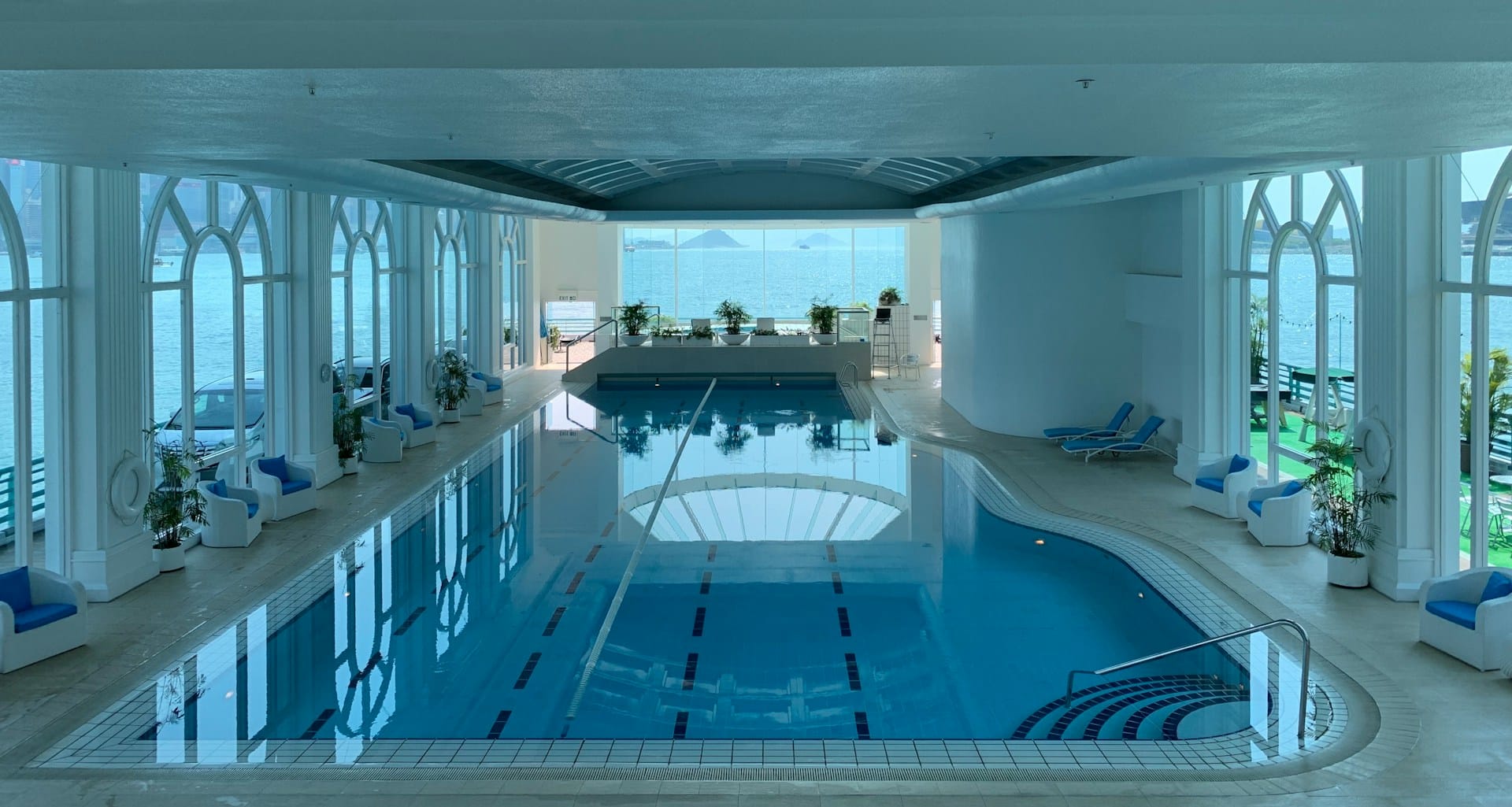Maintaining a home swimming pool can be quite a challenging endeavour, especially when it comes to ensuring perfect water quality. One of the aspects that require constant monitoring and managing is the pH level of your pool water. This is because imbalanced pH levels can lead to numerous problems, ranging from irritating your skin and eyes to damaging your pool equipment. If you are in the UK and your swimming pool is heavily shaded, the challenge of maintaining pH levels becomes even more complex due to the unique conditions present. This article will guide you through the process of managing and maintaining pH levels in a heavily shaded UK home swimming pool.
Understanding pH and Its Importance in Pools
The pH is a measure of how acidic or basic the water in your swimming pool is. It is a numerical scale that ranges from 0 to 14, with 7 being neutral. Any reading below 7 indicates acidity, while a reading above 7 shows alkalinity.
A découvrir également : What are the best practices for integrating smart home technology with your UK pool systems?
The optimal pH range for a swimming pool is typically between 7.2 and 7.8. This range is not only comfortable for swimmers but also ensures the effectiveness of the chlorine in your pool, which acts as a sanitiser killing bacteria and algae.
High pH levels make chlorine less effective, and this means that your pool may not be as clean as you think. Low pH, on the other hand, can lead to corrosion of metal equipment, cause the water to become cloudy, and can also irritate the skin and eyes of swimmers.
Avez-vous vu cela : The best baby pool floats for safe summer splashing
When the pool is heavily shaded, it tends to have cooler water temperatures which can affect the pH levels, making it even more important to check and adjust your pool’s pH regularly.
Testing Your Pool’s pH Level
To manage and maintain your pH levels, you first need to test and understand the current state of your pool water. Pool water testing is a critical part of pool maintenance, and you should make this a regular activity.
There are several methods you can use to test your pool’s pH levels. The most common methods are test strips and digital testers. Test strips are inexpensive and easy to use. Simply dip a strip into your pool, and it will change color based on the pH level of the water.
Digital testers are slightly more expensive but offer more precise readings. They work by reading a sample of your pool water and providing a digital reading of the pH level.
Regardless of the method you choose, the key is to test regularly. It’s recommended to check your pool’s pH at least once a week. However, if your pool is heavily used or subject to environmental factors like heavy rain or high temperatures, you may need to test more frequently.
Adjusting Your Pool’s pH Levels
Once you’ve tested your pool and identified the current pH level, the next step is to adjust it if needed. If your pH levels are too high, this means your pool water is too alkaline. In this case, you need to add acid to your pool to lower the pH.
The most common types of acid used in pools are muriatic acid and sodium bisulphate. Always follow the manufacturer’s directions when adding chemicals to your pool.
If your pH level is too low, your pool water is too acidic. To raise the pH level, you will need to add a base. Sodium carbonate, also known as soda ash, is commonly used for this purpose.
Remember, adding chemicals to your pool should be done gradually. Add a small amount, allow the pump to circulate the water, then retest.
Maintaining the Ideal pH Level
Once you’ve adjusted your pool’s pH to the optimal level, the goal is to keep it there. Regular testing and minor adjustments are part of this process, but there are also other strategies you can employ to maintain an ideal pH level.
Firstly, remember to keep your pool clean. Regularly skim debris from the surface and vacuum the bottom. This will help prevent organic material from affecting your pool’s pH.
Secondly, ensure your pool’s pump and filter system are working effectively. A well-functioning pump will help circulate the chemicals evenly throughout the pool, aiding in maintaining a stable pH.
Finally, consider using a pool stabiliser. These products help to keep your pool’s pH in check by buffering the water against pH changes.
Remember, maintaining the perfect pH level in your pool is not a one-time task but a continuous process. Regular testing, adjustments and pool care are essential to ensure a safe, clean and enjoyable swimming environment at your home.
How to Deal with Unique Challenges in Heavily Shaded Pools
Heavily shaded swimming pools present a unique set of challenges in maintaining pH levels. With less sunlight exposure, these pools often have cooler water temperatures which can affect the water chemistry. Furthermore, they may host a larger amount of organic debris, such as leaves or dirt, which can influence the pH level. But fret not, there are practical solutions you can utilise to maintain the optimum pH levels in your shaded pool.
The pool cover is a beneficial asset to heavily shaded pools. A pool cover can help to reduce the amount of organic debris that falls into the pool, thereby lowering the amount of substances that could potentially affect the pH. Moreover, using a pool cover also helps to maintain a consistent water temperature, which can aid in stabilising the pH level.
Moreover, the use of automatic pool cleaners can be a valuable tool for pool owners. They can help to regularly remove any debris that may have fallen into the pool, reducing the likelihood of pH level fluctuations.
Adjusting the chlorine levels can also help to maintain the pH balance. Chlorine is more effective in cooler water, so heavily shaded pools might require less chlorine to keep the water clean. This can subsequently reduce the fluctuations in pH levels, as chlorine can cause the water to become more acidic.
Calcium hardness and total alkalinity are two other factors that can impact the pH level. Ensuring these are within the recommended ranges can also help to stabilise the pH level.
Regular water testing is crucial in heavily shaded pools. This will help you to detect early any changes in the water chemistry that may require attention. With the help of a test kit, you can measure the pH, free chlorine, calcium hardness and total alkalinity levels in your pool.
Conclusion: The Importance of Regular Pool Care
In conclusion, managing and maintaining pH levels in a heavily shaded UK home swimming pool is a balancing act that requires regular monitoring and adjustment. With the right knowledge and tools, such as a reliable test strip or digital tester, you can effectively keep your pool water chemistry in check.
Remember, the key to a clean and safe swimming pool is regular care. Consistently testing your pool’s water, making necessary adjustments, and investing in preventive measures, like a pool cover and an automatic cleaner, can make a significant difference.
However, it’s important to recognise that every pool will have its own unique characteristics. Therefore, what works for one might not work for another. You may need to experiment with different strategies and see what works best for your swimming pool.
With persistent pool care efforts, you can ensure that your swimming pool is not only a fun and enjoyable place to swim but also a safe and healthy environment for everyone.










